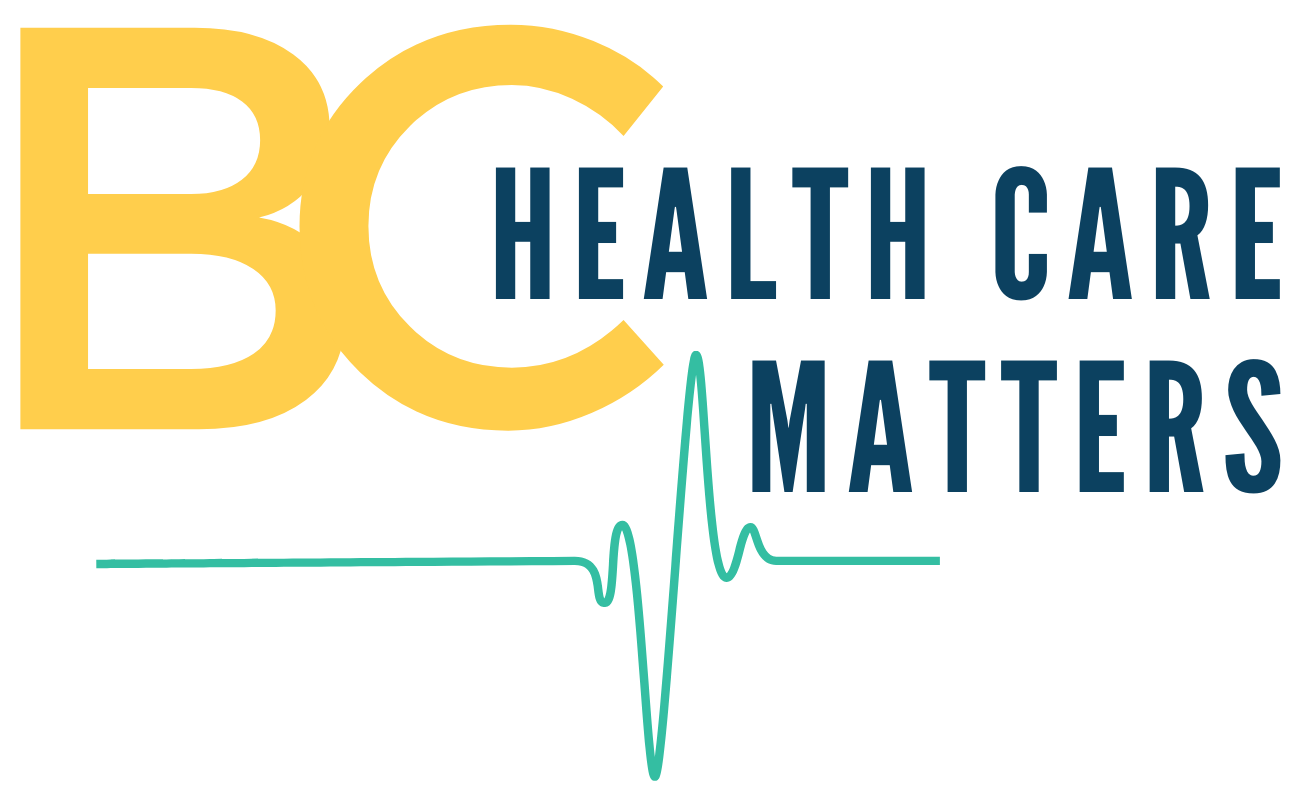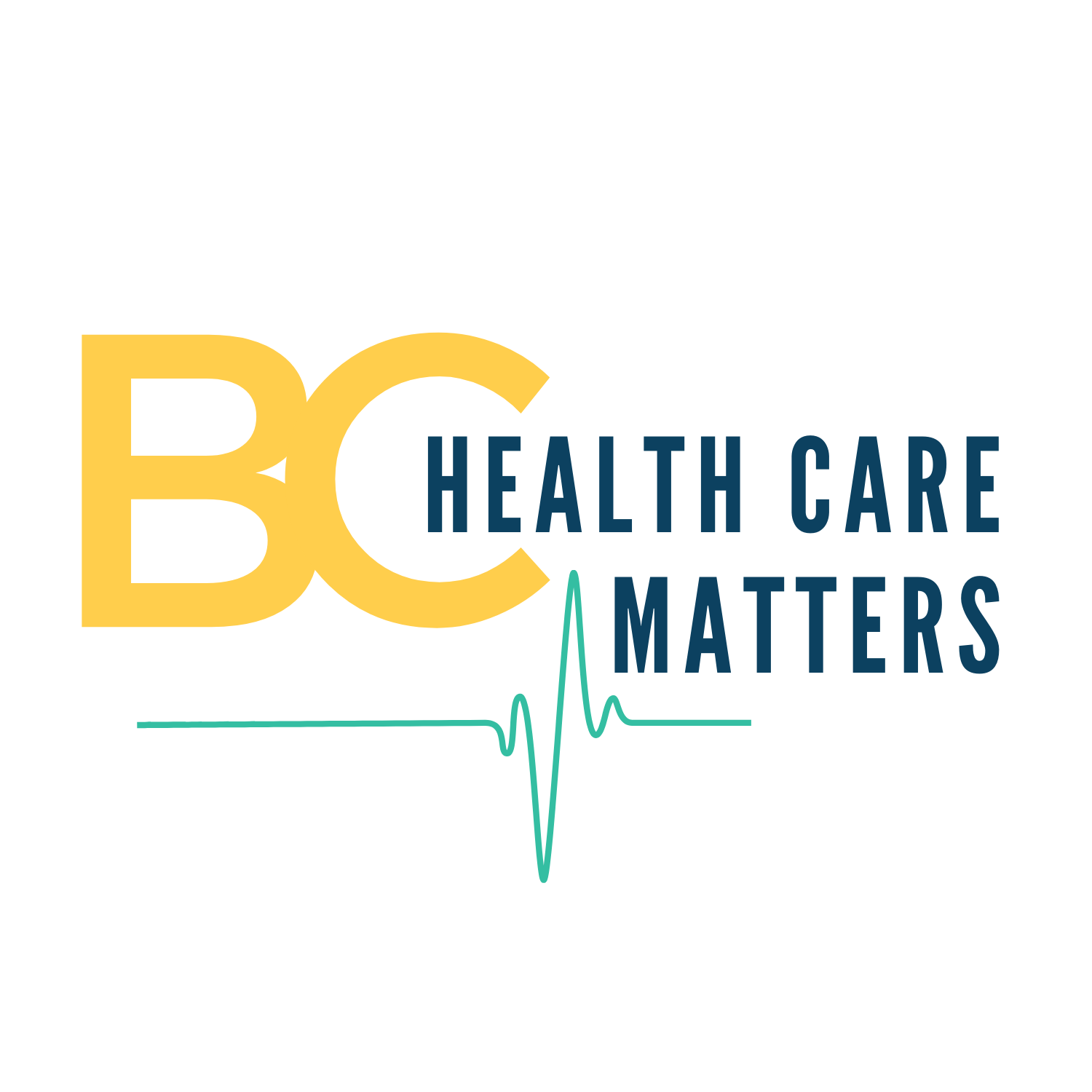BCHCM requests Auditor General Investigation
October 4th, 2022
Mr. Michael A. Pickup
Auditor General of British Columbia
PO Box 9036 Stn Prov Govt
Victoria, BC V8W 9A2 via email: bcauditor@bcauditor.com
Dear Mr. Pickup,
On behalf of the Canada Pacific Health Care Matters Society (BC Health Care Matters), I request that your office conduct a performance audit of central administrative operating expenditures within the Ministry of Health (MOH) and BC's five regional health authorities.
We specifically refer to MOH expenditures labelled “Executive and Support Services” (approx. $305 million in fiscal year ending Mar/2022), as well as expenditures labelled as “Corporate” in the annual audited financial statements of the health authorities (Island Health: $240 million; Vancouver Coastal Health: $413 million; Fraser Health: $371 million; Interior Health: $202 million; Northern Health: $90 million)[1]. For brevity, we will refer to this as “head office” expenditures here.
As further details of this spending are not readily available to the public, it is difficult to ascertain the value of this predominantly non-program administrative spending[2]. We therefore feel a performance audit of these functions would provide critical guidance to both the public and Government.
CONTEXT
BC is in the midst of a healthcare crisis. The Government of BC has maintained that addressing this can only be accomplished through additional revenues, i.e., from the Government of Canada. In light of this tight financial position, we believe existing funds must be used as efficiently as possible to free up additional funds for front-line care. As one example, the concern over inadequate compensation for many family doctors in longitudinal family practice has been widely recognized. This has had an oversized downstream effect on our entire healthcare system.
In addition, we have seen tremendous growth in health authority delivery of primary care services over the last few years. This was previously operated more independently. Results to date, particularly with regard to Urgent and Primary Care Centres (UPCC's), have been alarmingly poor, both in terms of the volume of services delivered as well as the costs. Widespread anecdotal evidence points to administrative inefficiencies as a primary contributor. This has reinforced pre existing concerns regarding the value we receive from health authority administrative expenditures[3].
COMPARATORS
Because detailed expenditure breakdowns are unavailable, exact comparisons with other jurisdictions cannot be made. However, we feel that the “order of magnitude” discrepancies these comparisons highlight warrant further analysis. Are the apparent extra expenditures we make in BC providing us with commensurate benefits?
At an international level, healthcare across Canada overspends on administration. For example, Canada has more than 10 times the number of healthcare administrators per capita than Germany.[4].
Alberta is a useful comparator, closest to BC both geographically and in population size, despite significant differences in demographics and healthcare delivery models. CIHI data[5] compares administrative spending by provinces. BC spends nearly double what Alberta does, adjusted for population. At equivalent efficiency, we would save $132 million per year.
Health authority corporate/administrative spending between Alberta and BC is also revealing. Total annual administrative spending for Alberta Health Services (AHS, that province's single health authority) is $494 million. Again, adjusted for population, BC's five regional health authorities spend approximately 2.2 times more. Put another way, BC spends an additional $719 million per year over what it would spend if its health authorities operated with equivalent efficiency to AHS[6].
GROWTH
Examining growth over time also suggests that head office expenditures are rising quickly. One would expect variations in response to changing circumstances (e.g., population health expenditures rose sharply due to COVID-19). However, without additional data, we are unaware of any rationale for the administrative increases we have seen.
Based on audited financial statements from the five regional health authorities, in the five-year period between 2016 and 2021, there was a 47% increase in overall health authority expenditures. Corporate health authority expenditures grew 43%. Head office administration expenditures in MOH grew 35%.
By comparison, during that time period, total expenditures for Medical Services Plan (doctors, etc.) grew by 24%. The consumer price index grew by 11%. The fee for standard family doctor visits (service code 00100) grew by 3%.
BC expenditures on head office administration have also grown much faster than those in Alberta. Growth of administration in AHS was 15% (vs. 43% for BC's five regional health authorities). Administrative expenditures in Alberta's Ministry of Health have remained largely unchanged (vs. 35% growth in BC)[7].
SUMMARY
Head office administration expenditures represent only a portion of overall administrative spending. Yet, the potential savings there alone could have a substantial impact on front-line healthcare delivery. Using Alberta as a comparator, a savings of $851 million per year would equal $250 thousand in additional spending for every family doctor providing longitudinal care in BC. Redistributing that funding would resolve the deficiencies and inequities in family doctor compensation and provide the necessary incentives to ensure every citizen in BC could have a family doctor.
With the limited information available now, it is impossible to determine if we are getting good value for the head office expenditures in MOH and health authorities. Would some portion of that funding be better redirected to front-line care? The situation is urgent. It is our fervent hope that a thorough performance audit will provide the necessary insight and direction needed to solve this crisis.
Yours sincerely,
Camille Currie
President, Canada Pacific Health Care Matters Society
BCHealthCareMatters@gmail.com
__________________________________________________________________________
[1] Corporate health authority spending represents approximately 7.5% of total health authority budgets. While this is small relative to other areas, e.g., acute care (hospitals, etc.) 53%, it is on par with total Mental Health and Substance Use program spending. Expenditures for the Medical Services Plan (doctors, etc.) are only about four times higher. Given the size of the overall budgets, head office administration spending represents a very substantial sum.
[2] We recognize that increased centralized spending may provide significant value by, e.g., providing shared infrastructure that reduces administrative burdens within program delivery. Again, the public does not have access to data to verify or refute this. Widespread perception is that program-level administration has continued to grow disproportionately, often at the expense of front-line operations. It is therefore not clear that the resources devoted to head office administration are reducing the administrative burden elsewhere.
[3] While we believe this is indicative of more systemic deficiencies within health authority administration, our request for a performance audit pertains specifically to head office administration within MOH and health authorities, and not administration spending within specific program areas such as UPCC's.
[4] https://biv.com/article/2022/09/bc-doctors-lack-support-while-health-care-admianistration-costs-soar
[5] https://www.cihi.ca/en/public-and-private-sector-health-expenditures-by-use-of-funds. The BC data is derived from what we identify as MOH corporate expenditures, and does not include health authority data.
[6] This is not to claim that one health authority is better than five. Both centralization and decentralization have benefits and costs, and cycling between them over time is a well-known phenomenon in healthcare across Canada. The magnitude of the differences, however, is far larger than one would expect to see based on “economies of scale” seen in more centralized models. This suggests the possibility of duplication and redundancies, e.g., in IT systems, that may be disproportionate to the benefits gained from adapting to local conditions.
[7] Administrative expenditures within Alberta's MOH are much more volatile than in BC. They tend to fluctuate much more year-to-year, sometimes increasing dramatically, sometimes shrinking dramatically. There were also some accounting changes in Alberta in 2016–2017 that makes the direct comparison more difficult. Over the long-term, however, there has not been a significant increase in Alberta, while BC's expenditures have grown steadily. The only year-to-year decreases in the time period were in 2017, 2% for Fraser Health and 7% for Interior Health.
Media Press Release available under Media, Press Kit.

